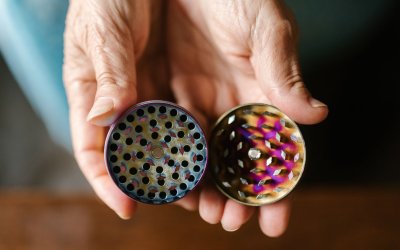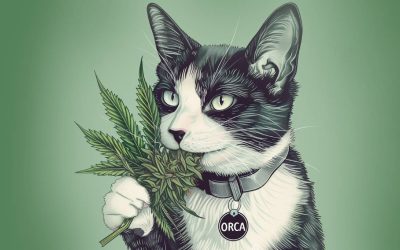Myrcene isn’t just another fancy word tossed around when talking terpenes; this little powerhouse plays a big role in the vibes and effects you get from certain cannabis strains. If you’ve ever caught a musky, earthy smell while handling some sticky green, chances are you’ve met myrcene already. Stick around to see what makes it such a standout compound in the weed world and beyond.
What is Myrcene?
Myrcene is a monoterpene, meaning it’s one of the lighter, more volatile types of aroma molecules. It’s got a simple structure, but don’t let that fool you; it’s a key player in the flavor and feel of cannabis. You’ll catch notes of mango, earthy woods, and even a citrusy twist when myrcene’s around. Some scientists think it even helps other compounds, like THC, move through your body faster, possibly making your high hit a little differently.
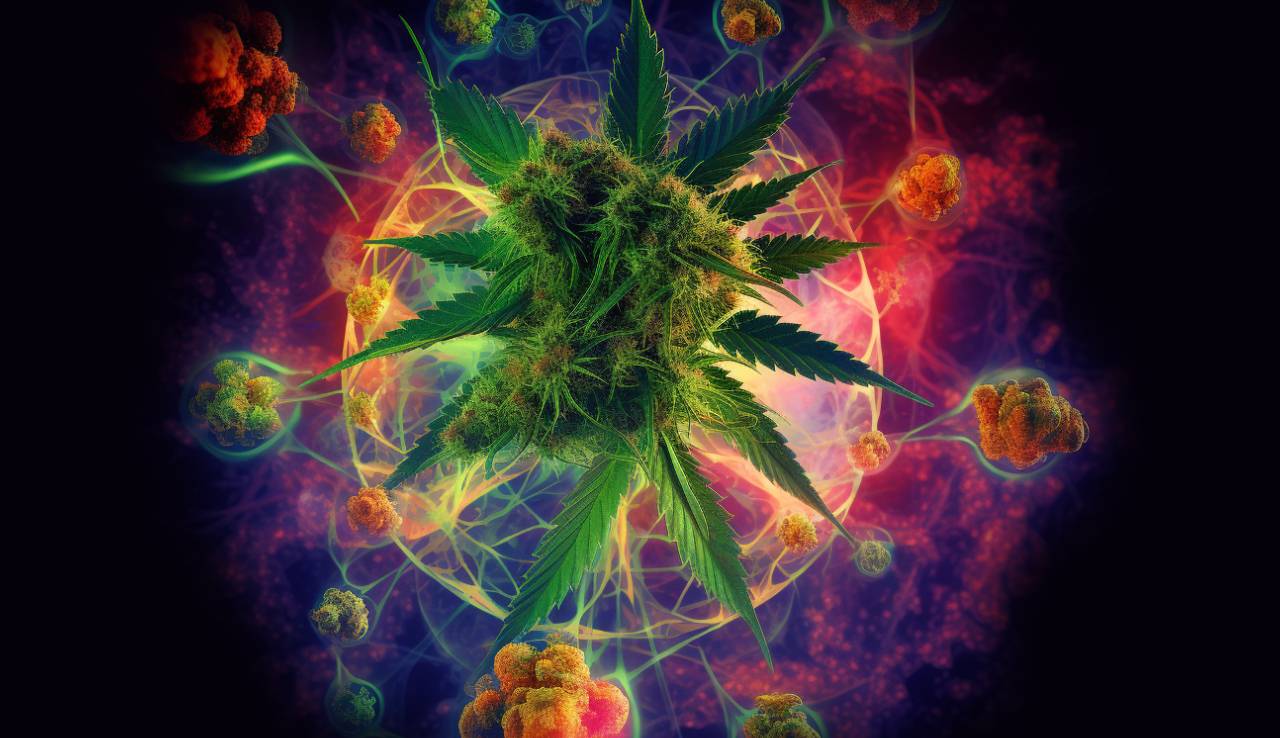
Where You’ll Find Myrcene Naturally
Sure, cannabis is loaded with myrcene, but it’s not the only plant showing off this terp. You’ll also find strong hits of myrcene in mangoes (yeah, that juicy sweetness isn’t just for flavor), hops (hello, craft beer fans), bay leaves, thyme, lemongrass, and basil. It’s part of what makes these plants smell so rich and why they pop up in herbal medicine and kitchens everywhere.
Potential Benefits of Myrcene
Weed isn’t the only thing myrcene boosts. Research shows it might help with pain management, especially when combined with THC. It’s also linked to serious chill effects like muscle relaxation and better sleep. If you’re hunting for a natural way to knock out some inflammation or just kick back after a crazy day, strains rich in myrcene might be your best friend.
If you’re choosing between CBG flower or CBD oil, this CBG vs CBD article will help you decide what’s right for your vibe.
Does Myrcene Get You High?
On its own, myrcene won’t get you baked. No psychoactive buzz here. But it can tweak how THC feels once you light up, making the overall experience smoother, heavier, or more relaxing depending on the strain. Think of it like setting the mood for your sesh instead of being the main event.
Myrcene Levels in Indica vs. Sativa
If you’re chasing that couch-lock feeling, look for strains high in myrcene, usually indica-dominant types. Sativa strains, on the other hand, tend to have less myrcene, which lines up with their reputation for giving a lighter, more energetic buzz. Knowing this can help you pick the right flower for whatever vibe you’re chasing.
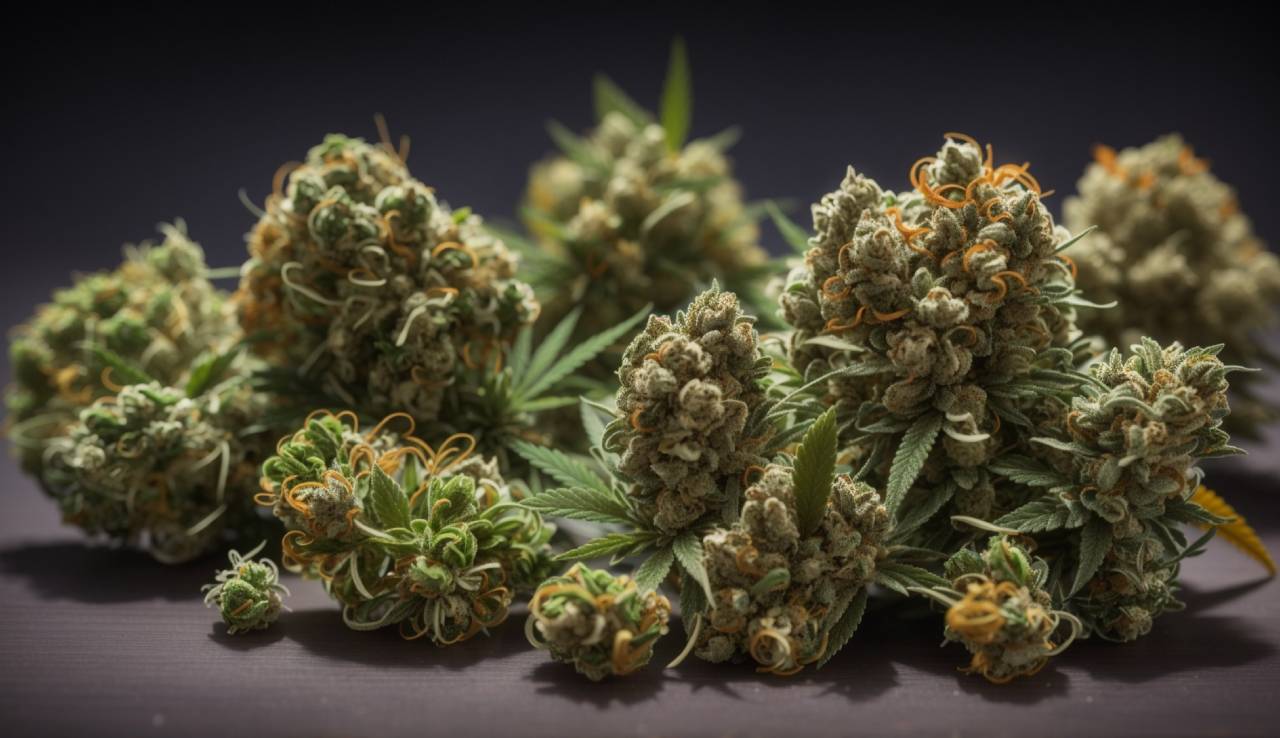
Top Cannabis Strains Packed with Myrcene
If you want that rich, earthy sweetness in your smoke, you’ll want strains like Mango Kush, Granddaddy Purple, and Blue Dream. These legends aren’t just for their flavor, and they pack serious myrcene levels that boost relaxation, chill your body out, and give that extra therapeutic edge.
Can Myrcene Help You Sleep?
Yup. Myrcene is a big reason why some strains make you feel like curling up in a blanket burrito. Its natural sedative effects can relax your muscles, slow down racing thoughts, and gently nudge you toward dreamland. If sleep’s been playing hard to get, a little myrcene might help you out naturally.
Want a better bud without relying only on THC percent? Learn why TAC matters when you’re picking your next strain.
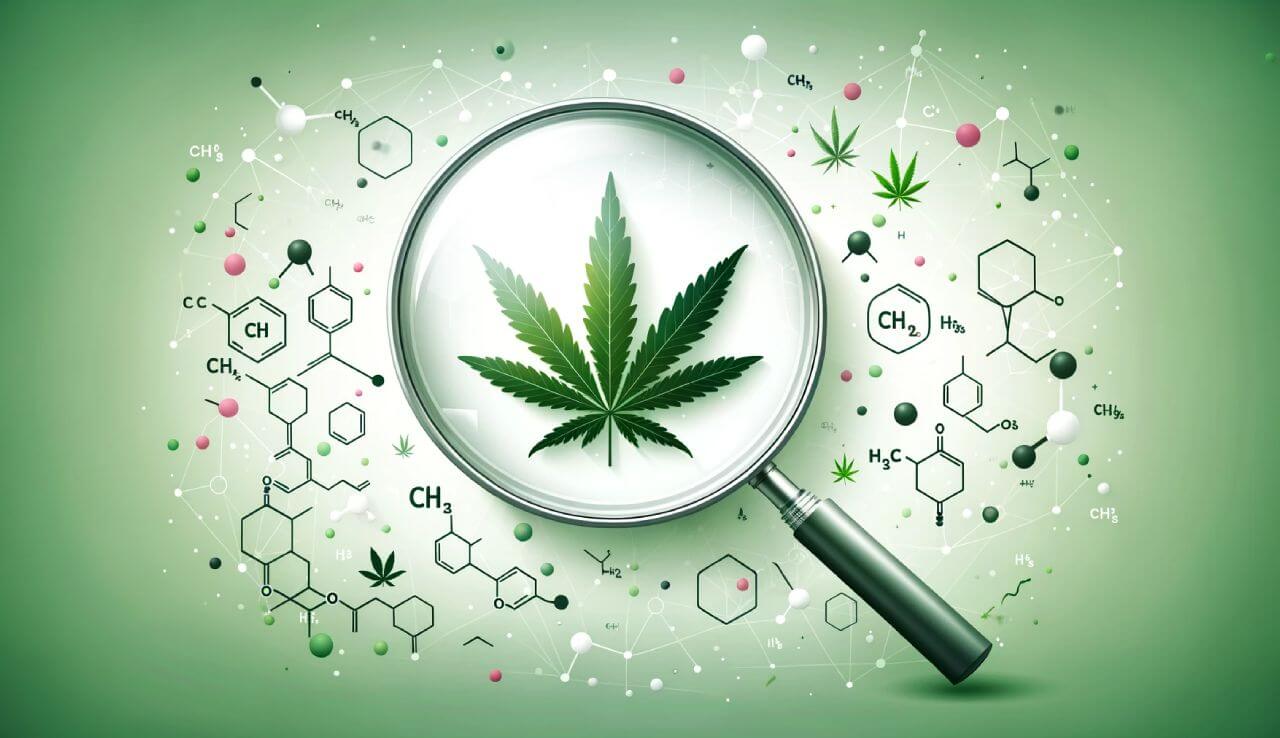
Beyond the Bud: Other Uses of Myrcene
Outside the dispensary, myrcene is making waves in medicine and biotech, too. Researchers are digging into its potential to fight inflammation, manage pain, and even help with more serious stuff like cancer symptoms. It’s also popping up in natural health products and essential oils for its soothing properties.
How Myrcene Shows Up in Everyday Life
Even if you’re not lighting up, you’re probably crossing paths with myrcene every day. It’s hanging out in your favorite craft brews, your go-to aromatherapy oils, and even in the herbs you toss on your pizza. That earthy, herby scent you catch in nature? There’s a good chance myrcene’s behind it.
Even More Potential from Myrcene
Scientists are just scratching the surface with myrcene. Some early studies suggest it might help with antimicrobial defense, anxiety, and more. It’s like nature packed a ton of wellness hacks into one tiny, fragrant molecule, and we’re only beginning to unlock what it can really do.
FAQs
Can myrcene be found in everyday foods and beverages?
Yes, myrcene is present in several common foods and beverages. For example, it is found in moderate to high levels in mangoes, which contribute to their unique aroma. Hops, used in beer brewing, also contain myrcene, imparting a distinctive flavor profile to many beers.
Is myrcene safe for topical use?
Myrcene is generally considered safe for topical use and is often used in aromatherapy oils and cosmetic products. However, those with sensitive skin or allergies should perform a patch test or consult a healthcare professional before use.
How does myrcene affect the taste of cannabis strains?
Myrcene contributes to cannabis’s earthy, musky, and slightly fruity flavor. Its presence can enhance the overall taste experience, making it a significant factor in the flavor profile of myrcene-rich cannabis strains.
Are there any health conditions for which myrcene is beneficial?
Myrcene shows promise in managing conditions like chronic pain, anxiety, insomnia, and inflammation. However, its effectiveness can vary depending on the individual and the condition. More research is needed to understand its therapeutic potential fully.
Can myrcene be used in aromatherapy?
Myrcene is used in aromatherapy due to its soothing aroma. It is believed to help reduce stress and anxiety, promote relaxation, and improve sleep quality. Its natural fragrance adds a calming dimension to aromatherapy blends.
Disclaimer: This content is for informational purposes only and does not constitute medical, legal, or professional advice. Always consult with a qualified professional before making any decisions related to health or cannabis use. Use cannabis products responsibly and in compliance with local laws and regulations.



